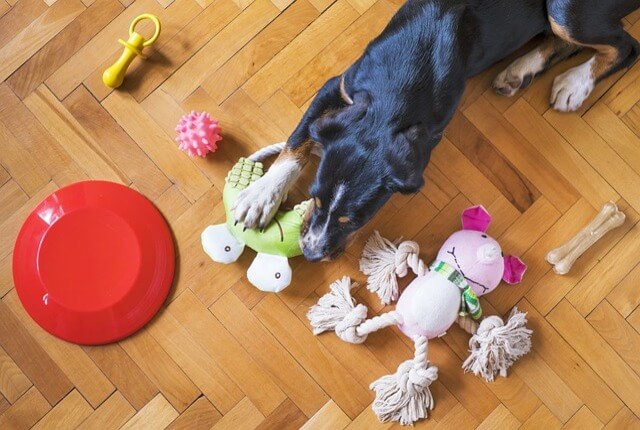Massage, in itself, does not directly strengthen bones. The primary factors that contribute to bone strength and density are nutrition, physical activity, and genetics. While massage itself does not directly strengthen bones, it can be part of a holistic approach to maintaining a healthy and active lifestyle. This, in turn, can contribute to better bone health by ensuring that you have the physical activity, flexibility, and reduced stress necessary for maintaining strong bones.
Massage benefits for bone health and overall well-being
1. Stress Reduction:
Massage can help reduce stress and promote relaxation. Chronic stress can have negative effects on bone health, as it may lead to hormonal imbalances that affect bone density. By reducing stress, massage can indirectly support bone health.
2. Improved Circulation:
Massage can enhance blood circulation, which delivers nutrients and oxygen to bone tissues. Better circulation may support the health of bones and other tissues in the body.
Try Mamaearth Soothing Baby Massage Oil, with Sesame, Almond & Jojoba Oil
3. Pain Relief:
Massage can alleviate muscle tension and reduce pain. If you have muscle pain or discomfort that affects your mobility and physical activity, addressing this through massage may indirectly promote bone health by encouraging more movement and exercise.
4. Enhanced Mobility:
Regular massage can improve joint flexibility and overall mobility. This can encourage physical activity and exercise, which is essential for maintaining healthy bones.
5. Posture Improvement:
Massage can help correct imbalances in muscle tone and posture. Proper posture and muscle alignment can reduce the risk of developing musculoskeletal issues that could indirectly impact bone health.
6. Overall Well-Being:
Massage is known to have a positive impact on overall well-being, which includes mental and physical health. A person who feels good and is motivated to engage in a healthy lifestyle, including good nutrition and exercise, is more likely to support their bone health.
Massaging a baby can be a wonderful way to bond with your little one and provide soothing and comforting experiences.
Tips on how to safely and effectively massage a baby:
1. Choose the Right Time:
Pick a time when your baby is alert, content, and not hungry. Avoid massaging right after feeding, as it may lead to discomfort. Some parents prefer to do it as part of their baby’s bedtime routine.
2. Create a Calm Environment:
Find a quiet, warm room with soft lighting. You can place a soft blanket or towel on a flat surface like a changing table or bed to make your baby comfortable.
3. Use Baby-Safe Oil:
You can use a mild, baby-safe oil, such as coconut oil or grapeseed oil, for the massage. Ensure that the oil is not too hot; it should be lukewarm.
Try Figaro Baby Massage Oil with Goodness of Natural Olive oil enriched with vitamin E
4. Undress the Baby:
Remove your baby’s clothes, leaving them in just a diaper to prevent the clothes from getting oily.
5. Start Gently:
Begin with gentle, slow strokes, using your fingertips. You can start with the baby’s legs and work your way up to the chest, back, arms, and face.
6. Use Gentle Pressure:
Use very light pressure when massaging a baby. Babies are delicate, and their skin is sensitive. Ensure that your touch is gentle and soothing.
7. Watch for Cues:
Pay attention to your baby’s cues. If they seem uncomfortable or fussy, you can stop or try again later. Not all babies enjoy massages, and it’s important to respect their preferences.
8. Keep Eye Contact:
Maintain eye contact and talk softly to your baby during the massage. This helps with bonding and communication.
9. Massage the Tummy:
Massaging the baby’s tummy in a clockwise direction can help with digestion and relieve gas. Be very gentle when massaging the tummy.
10. Use Different Strokes:
There are various massage strokes you can use, such as circular motions, long strokes, and kneading. Explore different techniques to see what your baby enjoys.
11. Don’t Rush:
Take your time during the massage. It’s not about speed but creating a calm and relaxing experience for your baby.
12. End with a Cuddle:
After the massage, give your baby a warm and loving cuddle or wrap them in a soft blanket.
Remember that every baby is unique, and what works for one may not work for another. Some babies may love massages, while others may not be as receptive. Always be attuned to your baby’s cues and preferences.
If you have any concerns about massaging your baby, or if your baby has any underlying medical conditions, it’s a good idea to consult with a pediatrician or a healthcare professional for guidance and advice.







